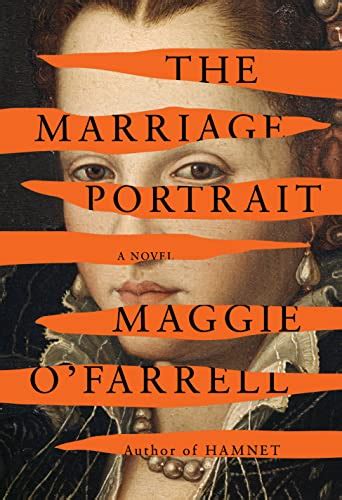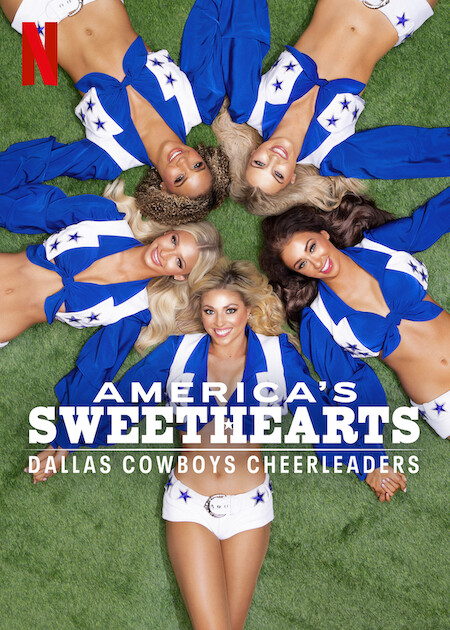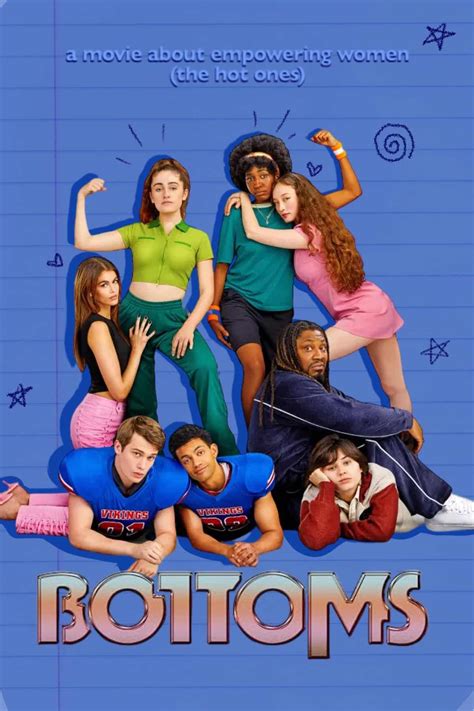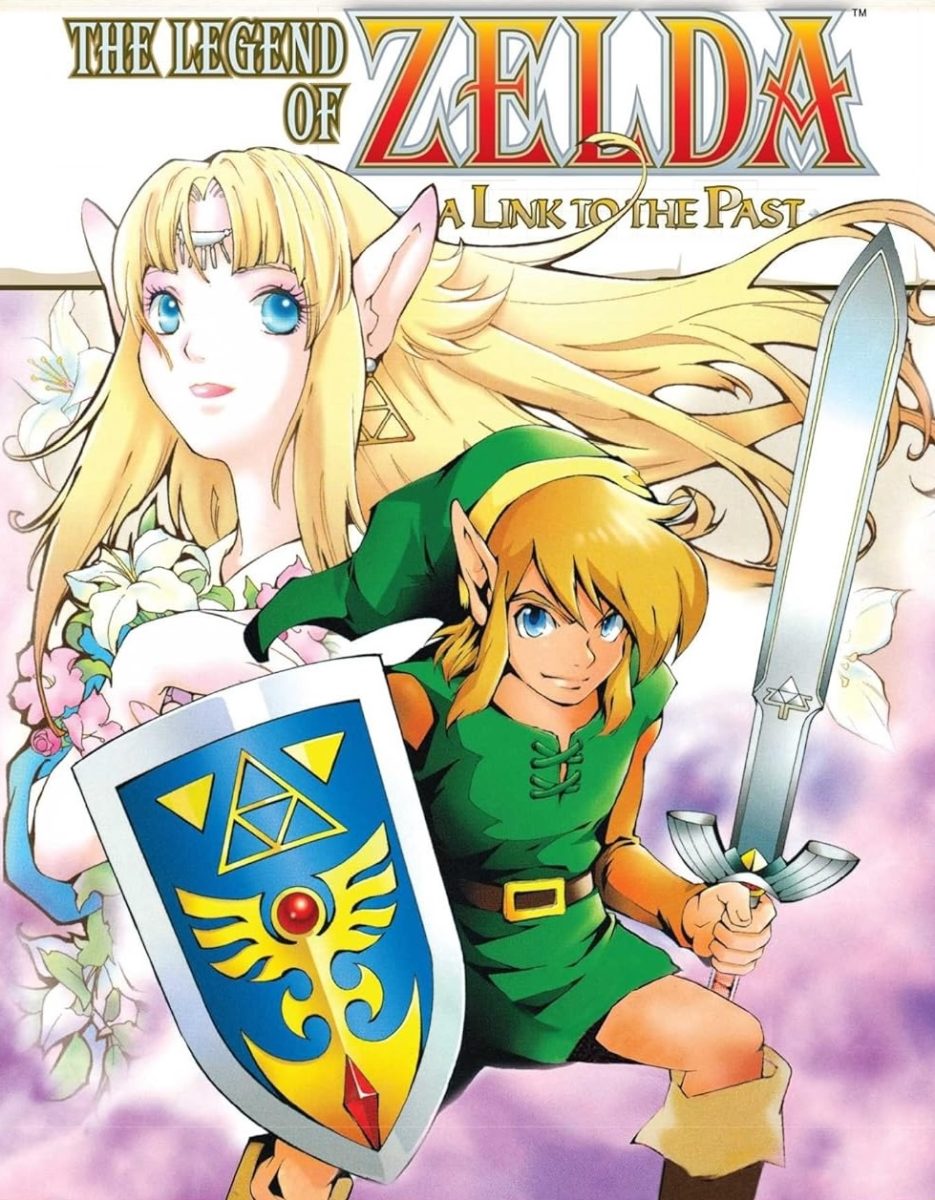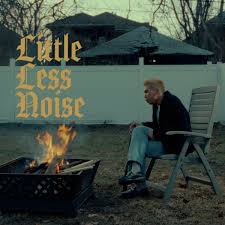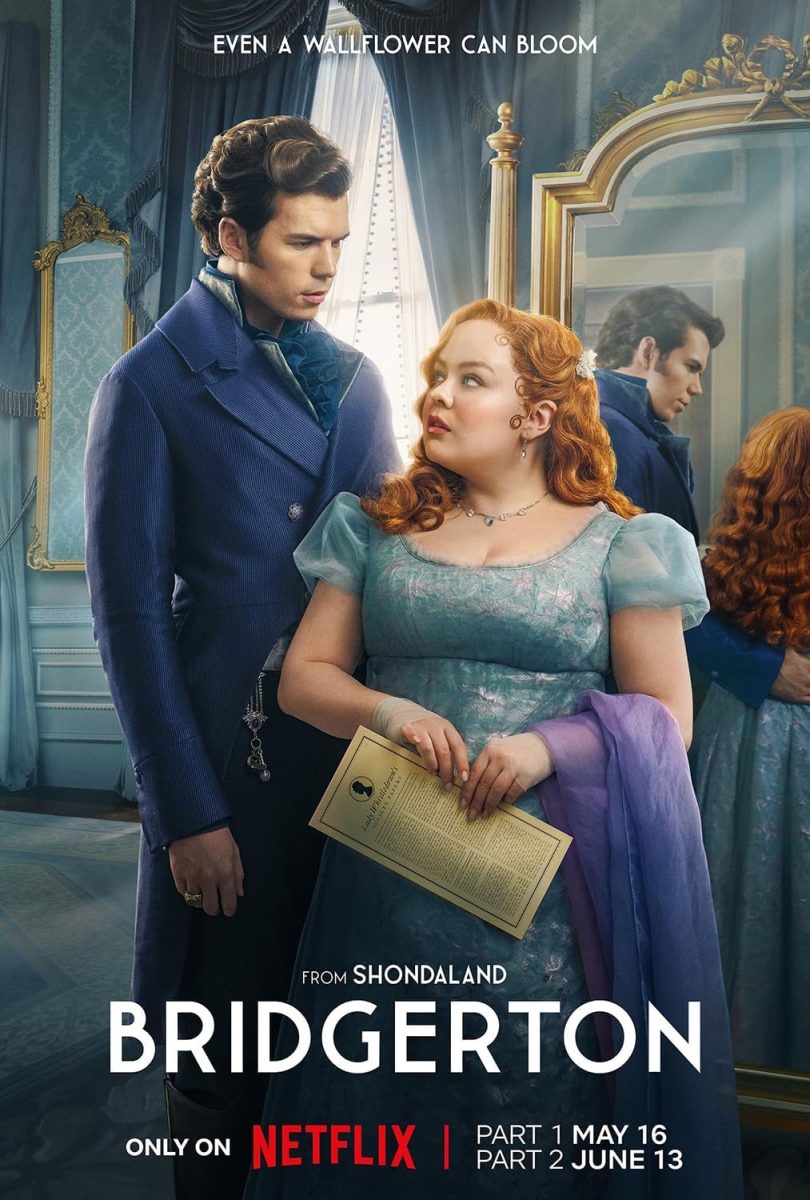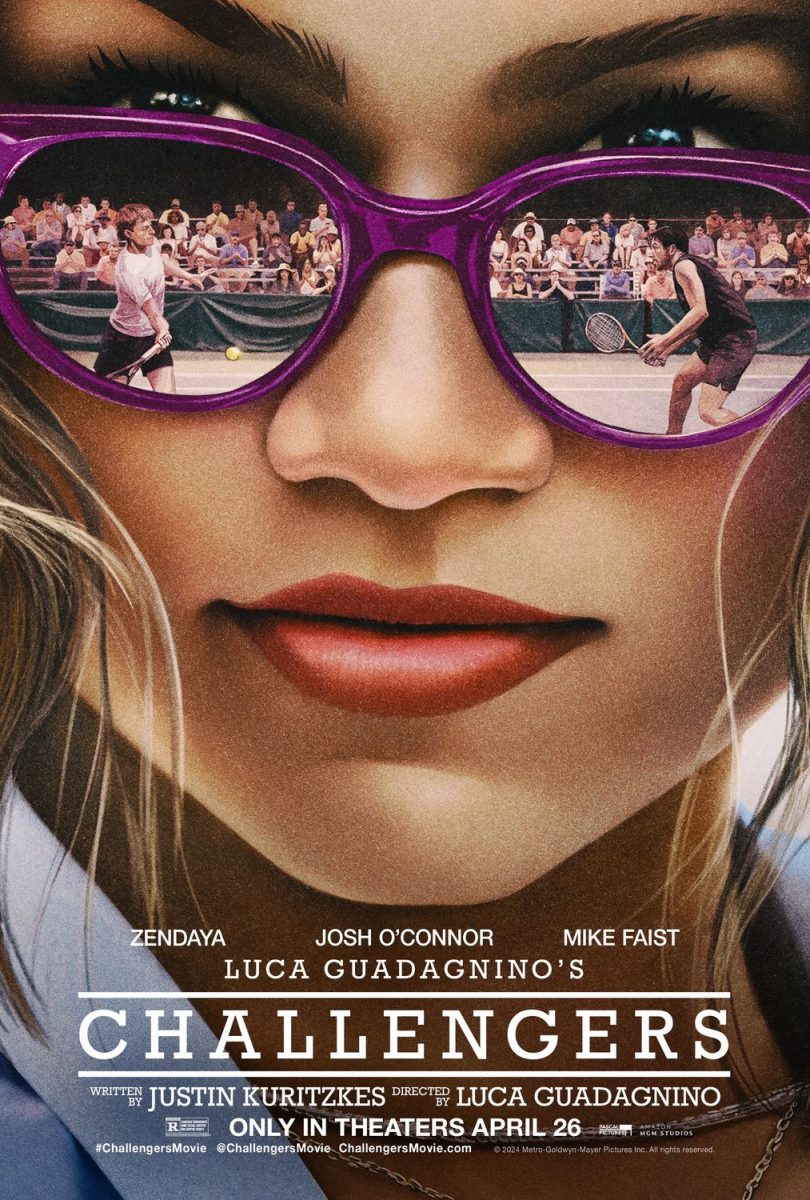Apple TV+ has released a slew of period dramas within the past few years, from “Masters of the Air” to “The Buccaneers.” Despite the sheer quantity, it seems that the production company keeps missing the mark on its historical productions, trying to make up for poor plot and screenwriting with perfectly ambianced camera shots.
Each of these shows follows a similar thread – the set and costume designs are beautiful, creating an almost aesthetic experience while overly cliche dialogue does not convey any meaningful messages. It results in an incohesive visual event with very little substance.
Tragically, “The New Look” follows in its predecessors’ footsteps. It had so much potential, fueled by an incredible cast, like Juliette Binoche and Maisie Williams. The premise of the show is fascinating: the battle of two major French fashion houses to become a cultural zeitgeist in a past political landscape of Nazi occupation.
The show immediately introduces us to their unsavory positionings within occupied society, highlighting what one would do to preserve their livelihood. Famed women’s designer Christian Dior sews garments for Nazi wives, continuing to profit despite his own inner turmoil and the objections of fellow designers and his resistance fighter sister.
In a display of willful ignorance, Dior says, “The fabric, the design, the gown, they are all innocent, only the woman who will soon wear it will be corrupt.” It begs the question of whether its artist is corrupted as well. Yet, he justifies the work as the money goes to his sister’s resistance efforts.
Dior is stuck between a moral dilemma of maintaining the safety of himself and his sister while recognizing his involvement in both the resistance and the fashions of upper-echelon Nazis. He does not want to be in either position. However, his relationship with his sister is undoubtedly endearing. It is obvious that he would do anything for her, especially as he risks his own life and business to house her fellow resistance fighters after they trapped and killed two Nazi officers.
The other main French women’s wear designer, Coco Chanel, is much more egregious in her endeavors. She collaborates with the Nazis to gain sole ownership over the Parfum Chanel label by exploiting the majority owner’s Jewish heritage. This revelation is not new, as Chanel’s antisemitic prejudices and her active collaborations with the Nazi regime have been well documented within the past decade. Click this link to a Forbes article from October 2020 for more details.
An especially harrowing scene occurs when Chanel and Spatz, her Nazi lover, raid an abandoned Jewish home. He declares, “Nobody could ever replace the great Coco Chanel,” a screenplay that almost insinuates that the allure of Coco Chanel is more important than the millions of Jewish individuals who were tortured and killed by the prejudices that she encouraged.
It is a weird and problematic depiction of CEO girlboss feminism, likely not to offend an audience that wears Chanel cross-body purses with the uncomfortable truths about its founder. But hey, Apple TV+ says you can separate the art for the artist, so it’s okay to leave the HomeGoods Coco Chanel quote on your wall.
And while the show makes these great proclamations about the cultural importance of fashion and art, it does not extend beyond the personal lives of its most famous artists. Dior ends episode one by declaring that “creation was survival” but never shows the inspiration or impact of his bar suit or the titular new look. Rather, we get a meaningless montage of illustrations followed later by a frantic late-night dress construction.
I should have known this would be the score within the first few minutes of the show. During the mini fashion show, the shots of Dior’s garments were an odd, almost humorous, combination of bird’s eye and worm’s eye views which focused much more on a ridiculous cinematic spectacle than the impact of these innovative designs.
Apple TV+ is trying to capitalize off of current interest in fashion history, focusing on the aesthetic of the period while failing to highlight the impact of the clothing or its history. Rather, it functions as a biopic into the lives of two of France’s most famous designers in Paris (yet, is voiced entirely in English). Ultimately, it is not convincing, with much of it to blame on the writing.
2/5









